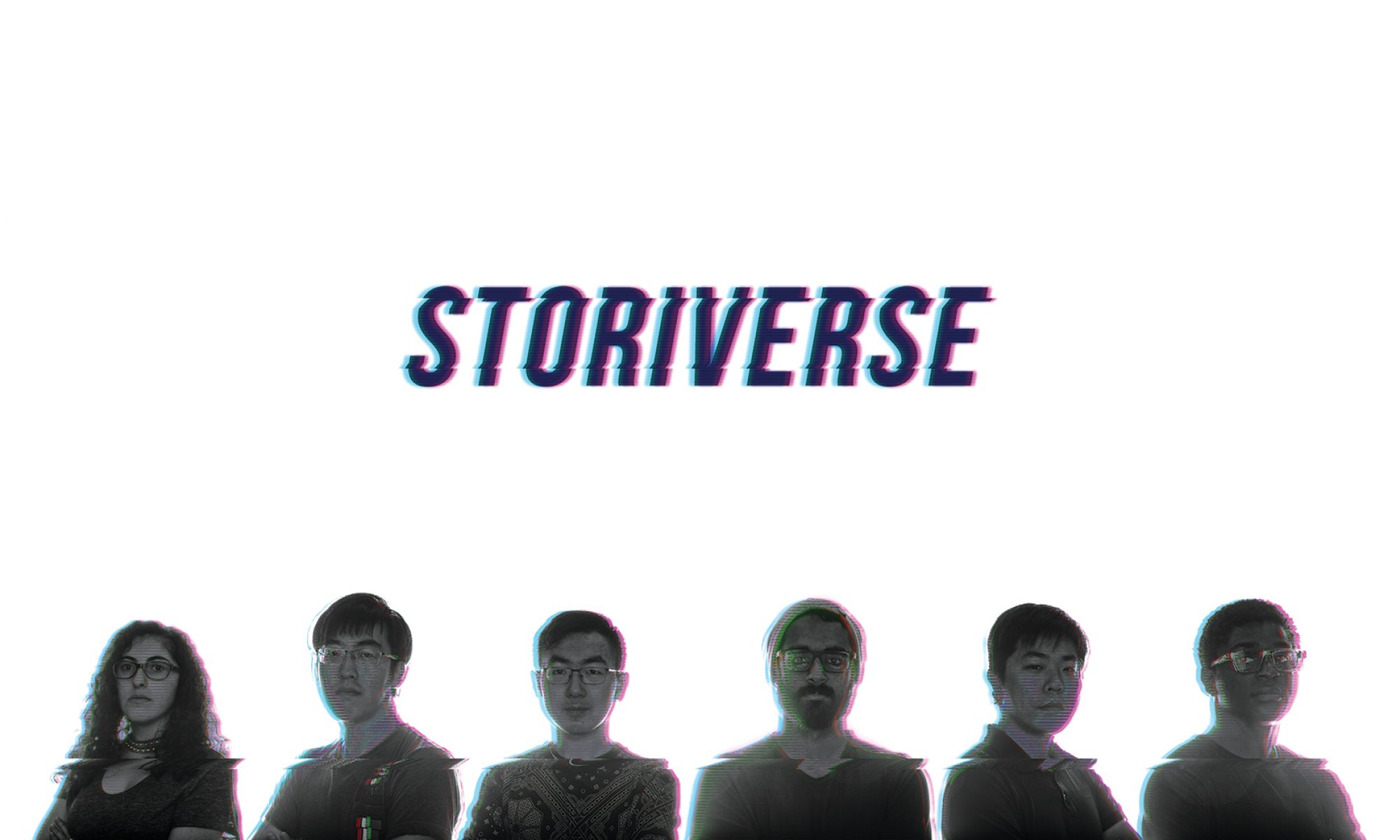Early this week, Verizon got back to us with the story they wanted us to use in this project. In the end, Verizon selected “QB1: Beyond the Lights,” a reality/documentary show on their Go90 video platform. QB1 follow three of the country’s best high school quarterbacks as they complete their senior year football season. The show depicts how the they train/prepare for games and lead their teams. It also shows the quarterbacks hanging out with their friends (both informally and at big social events like prom) and handling the glory of being local celebrities.
Our client told us that he didn’t have specific demographics to show who QB1’s target audience is, but that the Go90 platform in general is targeted towards high school and college students. The team deduced that because QB1 focuses on high school players, it was likely to attract high-school-aged fans. To test our theory, we enlisted John Balash, an ETC faculty member whose job is to connect the ETC with schools in the area. We gave John a survey to distribute at a local high school that he happened to be visiting at the end of the week. The survey was designed to help us determine not just if high-schoolers are interested in QB1, but which high-schoolers are interested. For example, does the show appeal mostly to males or females? Do kids on sports teams watch the show to see how other high school athletes balance sports with the rest of their lives, or do football fans watch the show to get a preview into up-and-coming football talent?
While we thought that the survey results would give us insights into QB1 fans that would help us design extra content, we couldn’t wait for the results to start designing – after all, the semester is flying by! Therefore, we decided to try to make educated guesses about what might appeal to people. Since the show revolves around getting to know the lives of the three quarterbacks, we thought it would make sense to create trans-media experiences that let the audience learn even more about them. Thus, we decided to prototype a VR experience where the user can see into the bedroom of one of the players, and interact with objects in the room. Each interaction would trigger a video clip from the show footage that showed the significance of that object.
